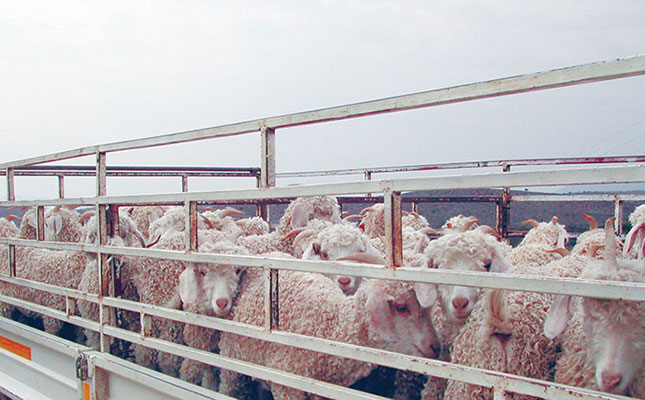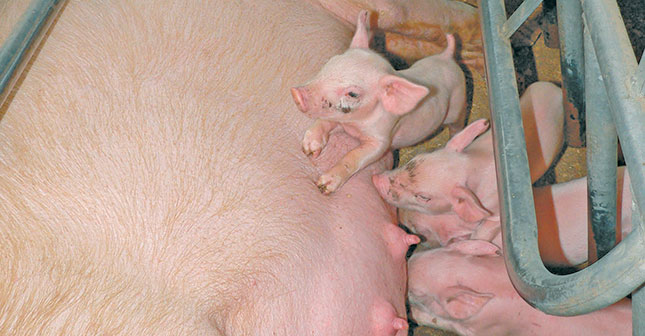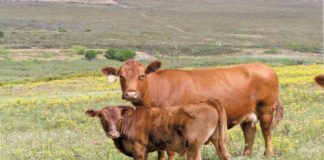
He discusses how to safely move livestock to prevent injuries and death, and also to minimise stress on them to prevent loss in production and reproduction.
Tips for smallscale farmers:
- Animals must be handled carefully and quietly. Learn how to handle individual animals so that you don’t hurt them or break their legs or horns.
- Don’t chase them, hit and push them, or crowd them into small places. When loading them, if you don’t have a ramp, pick animals up carefully (for small stock). If you work well with your animals, they’ll become tame and manageable.
- Don’t load too many animals onto a vehicle. This is against the law, and you may hurt your animals – breaking bones and bruising their meat. Also, don’t put different types or sizes of animals into the same compartment.
- Animals must be able to stand up and breathe without trouble during transport.
- The vehicle’s load area must have non-slip material to stop animals from sliding around in their dung.
- Drive carefully when transporting the animals, especially around corners or on hills and never brake suddenly, as the animals will move forward and squash one another. Stop every few kilometres to check if the load is still okay.
- The best time to transport stock is early morning or late afternoon, especially in summer. If you have to park somewhere for a while, do so in the shade, as animals can get heat-stressed quite easily.
- When herding animals on foot or on horseback or when working with them in a kraal, don’t move too fast, especially if there are lambs, calves or pregnant animals in the flock. If you have to move them over a long distance, start early in the morning so that you can rest them and give them water along the way.
- Don’t let animals stand in wet, muddy kraals – they can get all sorts of diseases there, including foot rot.
- When the job is done, make sure all animals have a good drink of water before going out to graze again.












